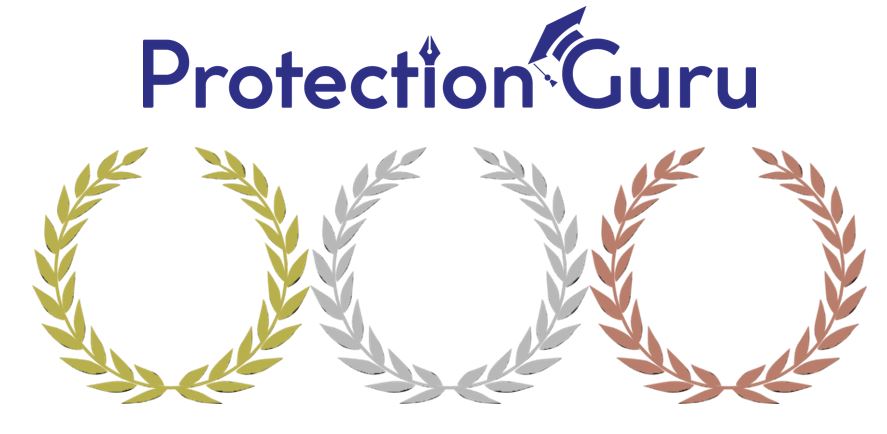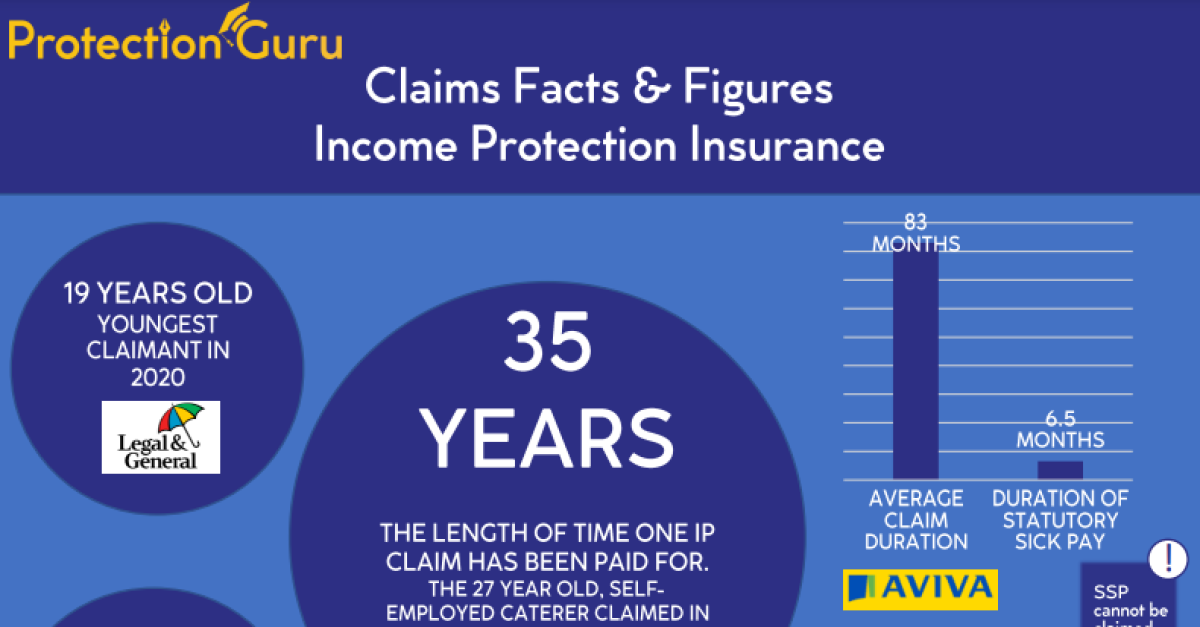
Business Protection age and sum assured limits – Everything you need to know

In reading this and the linked articles you will understand:
- The age and sum assured limits that providers apply to business protection plans and how they differ
- What immediate and free cover are and the important differences
- How providers differ in the support and service standards they offer the business protection adviser
- Whish providers have the strongest offerings in a range of analyses
Employees with skills that are uniquely valuable to a company’s success are worth their weight in gold, and the loss of a key employee or shareholder can have devastating effect on a company’s morale and productivity and potentially cause an huge financial hit for the entire business. Companies can of course protect themselves financially against the loss of key personnel in the short term, via a key person or shareholder protection plans, but naturally not all plans are the same and providers have their own limits on ages, cover and other important factors as well as differing adviser support and service standards. In this week’s Everything you need to know we look the age and sum assured restrictions that can apply and examine the support available to the business protection adviser.
Age limits on business protection life cover plans
There is no denying the importance of having business protection, but age is one of the factors that determine whether a business owner or key person can obtain business life cover and on what basis. This is because the older a person is, the more likely they are to become seriously ill or die. As the likelihood that the policy will pay out increases with age, this represents a bigger risk for the insurer. As a result, premiums also increase with age, but standalone life cover will be more affordable and will have a higher age limit than policies which also include critical-illness cover.
Age limits on business protection critical illness plans
Businesses come in all shapes and sizes, just like the entrepreneurs who bring them to life and advisers need the ability to cater for them all. However, at times, the age criteria that insurers apply to their business critical-illness plans will have an impact on how much choice there is in the market for a particular client.
Sum assured limits on relevant life plans
The sum assured is the heart of any life insurance policy. As the amount that is paid out to loved ones upon the death of the life assured, it is really what life cover is all about. The payout will be based on a multiple of the life assured’s income, which varies with the clients’ age, so for advisers helping business owners to set up policies for their staff, it is important that the cover reflects as full a picture of the life assured’s earnings as possible.
Immediate Cover Vs Free Cover
Business protection helps to protect businesses from the financial impact of the death of people that are crucial to a business. It is important to get that person covered as quickly as possible, as death and illness do not put themselves on hold while applications for protection policies are going through. Insurers can protect business owners or key persons during the application process through immediate cover and free cover, which are very different.
Supporting advisers selling business protection
Selling to businesses often raises the stakes for advisers. Yes the problems, premiums and income are often bigger but it’s probably fair to say that businesses will have a high expectation of quality advice and an easy process. So it’s important for advisers to know what support they will get from an insurer before they place new business protection cases with them. It is common for insurers to offer preferential service standards to business protection cases but in most cases this will depend on the sum assured.
Watch out for future “Everything you need to know” pieces where each week we will cover a different topic and provide you with the information you need to know to discuss the topics with your clients.
Things to reflect on for CPD:
- Identify your top two learning points from each of the linked articles. How can you apply your learning to your client conversations for business protection?
- Reflect with your peers and discuss how you can relate the learning to your own processes for business protection meetings. How could / should you change your conversations to better explain the options and alternatives?
- Further required reading: One of the articles above cover Immediate and Free cover for business protection. Read this related Protection Guru article covering free cover for personal protection and consider the differences yourself or in discussion with your peers.























